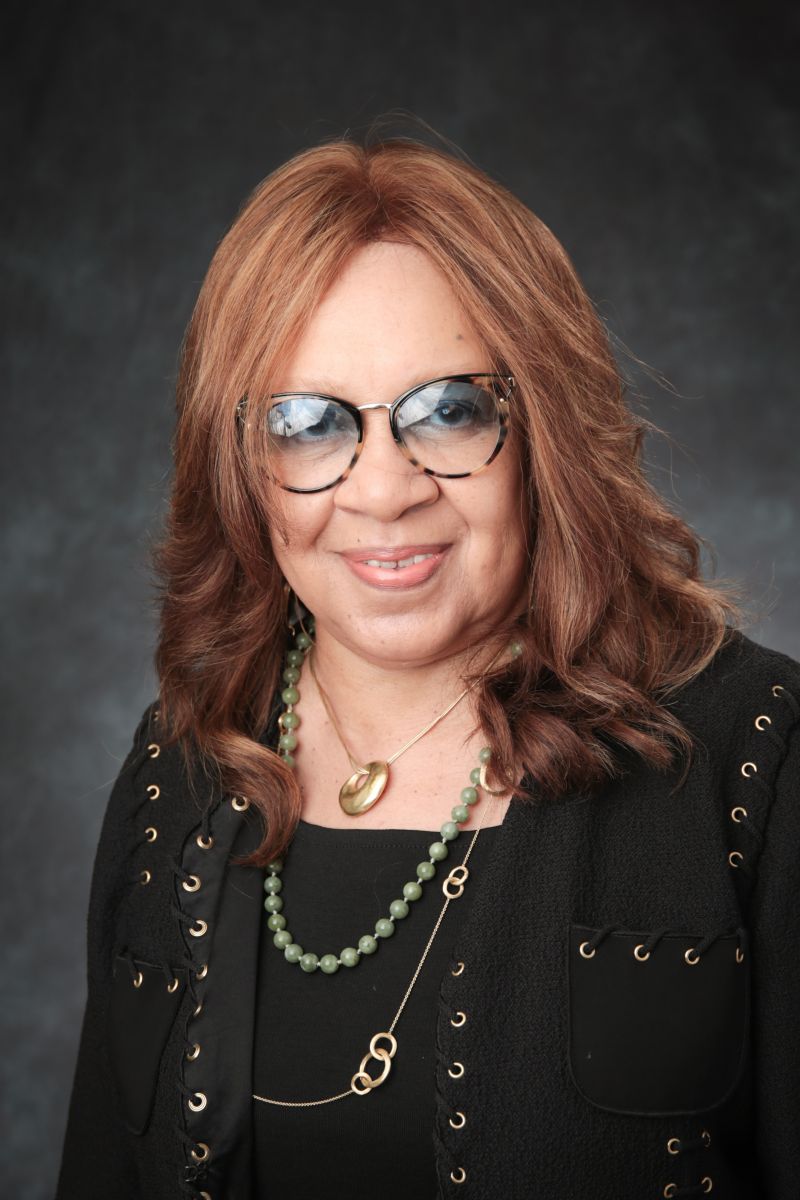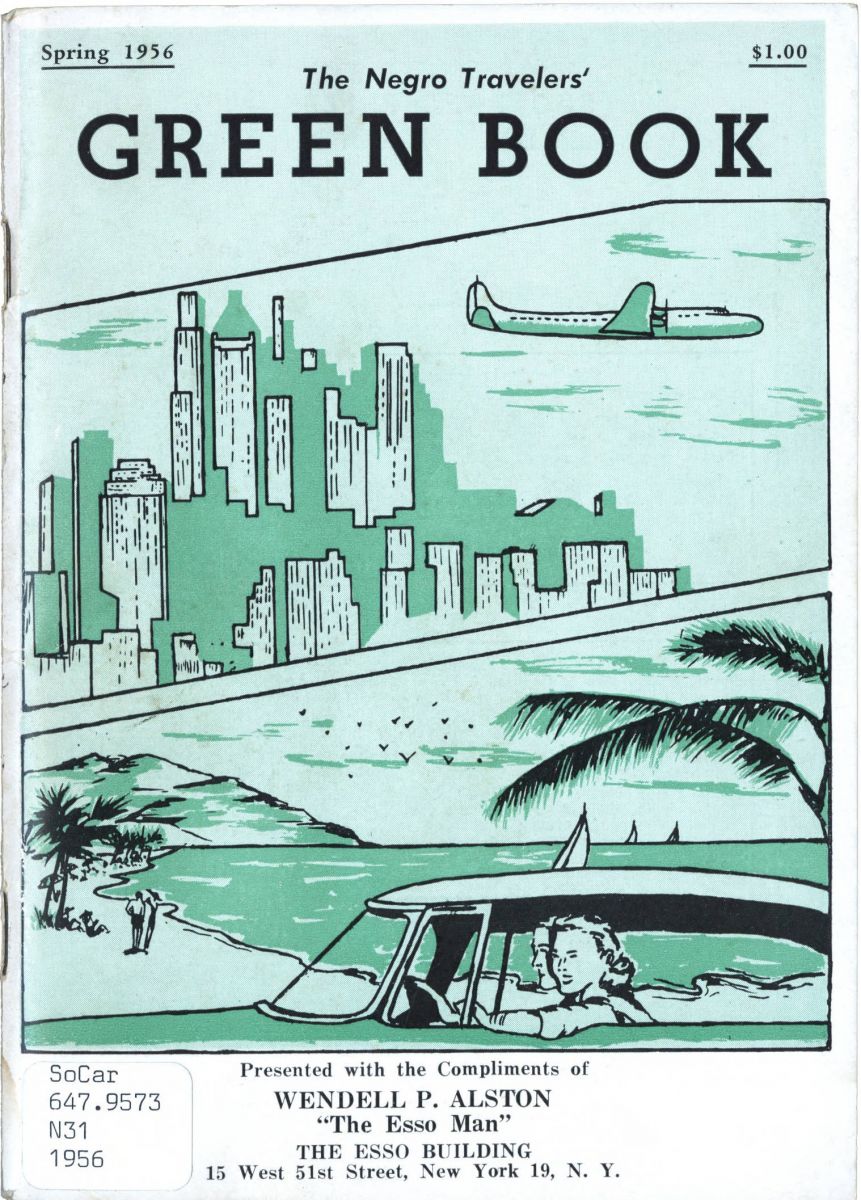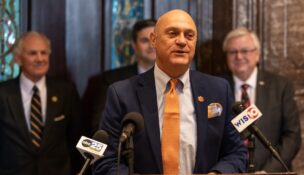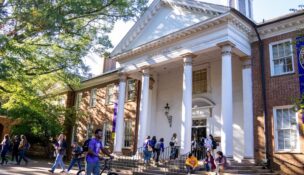‘Walking through history’: Reflecting on an era’s significance
Melinda Waldrop //February 4, 2019//
On more than one occasion, a teenage Henrie Monteith Treadwell had the best seat in the house.
Treadwell, one of the subjects of the new Smithsonian Channel documentary “The Green Book: Guide to Freedom,” remembers the luminaries who passed through the Motel Simbeth, an establishment on the outskirts of Columbia run by Treadwell’s aunt and civil rights icon Modjeska Monteith Simkins.
“My mother and Aunt Modjeska were best friends, so I did spend a lot of time there,” Treadwell said before a screening of the documentary at the S.C. State Museum on Jan. 31. “That’s when I had a chance to meet artists like James Brown and Jackie Wilson. They would put me in their big limousines and take me to their shows at the Township Auditorium, and I would sit backstage in a little chair and watch them perform. It was really wonderful.”
 Treadwell, an international public health expert who was the first black student admitted to the University of South Carolina in 1963, remembers seeing “huge numbers of African-Americans in the audience — more than I had probably seen in any place before, and that was economic development, because you got all the people out. They were buying tickets. They were buying things around there and having a wonderful time. It was forming community, forming family. … We were really making opportunities and giving young people a view of what could be.”
Treadwell, an international public health expert who was the first black student admitted to the University of South Carolina in 1963, remembers seeing “huge numbers of African-Americans in the audience — more than I had probably seen in any place before, and that was economic development, because you got all the people out. They were buying tickets. They were buying things around there and having a wonderful time. It was forming community, forming family. … We were really making opportunities and giving young people a view of what could be.”
The Green Book, the focus of a recent Hollywood movie and an exhibit at the University of South Carolina’s Thomas Cooper Library, served as a national travel guide for people of color in the pre-Civil Rights era. Published by Victor H. Green, a postal worker from Harlem, N.Y., from 1936-1966, the Green Book listed hotels, restaurants and other businesses that were either black-owned or accepting of black customers in each state.
“The Green Book actually propelled the development of business and cooperation among businesses,” Treadwell said. “If someone was staying in this place and wanted a special service, to go to a barber shop, the one would say, ‘Here’s a place you can go.’ … There were so many relationships between people across the states — North Carolina, South Carolina, Georgia. They knew each other, and so that also galvanized businesses and business relationships. You got in with people who had the same idea: safety, security, as well as, ‘Let’s make a way out of no way, and elevate our economic foundation.’ It worked so well. And I think it gave everyone a sense of great pride.”
While famous musicians found their way to Motel Simbeth through word of mouth and the motel’s inclusion in the Green Book, so did everyday travelers who also made a lasting impression on Treadwell.
“I really wasn’t that aware there was a book, but I knew that that place was a special place for people to be safe,” she said. “I can recall sitting in the lobby watching people come in, and the sense of relief. The sense of distress was gone. They were OK.”
Learning to lead
Treadwell grew up in Columbia learning from role models such as her aunt, the granddaughter of emancipated slaves. Born in 1899, Simkins graduated from Benedict College in 1921 and taught mathematics at Booker T. Washington High School before going on to found Victory Savings Bank, one of the nation’s first black-owned banks, and to establish Motel Simbeth. An advertisement from the motel, owned by Frank Bethel with Simkins listed as secretary, touted “exclusive accommodations for colored tourists,” including kitchenettes at daily, weekly or monthly rates.
“I walked in the steps of my Aunt Modjeska and my mother,” Treadwell said. “I just have not been able, nor have I wished to, veer from those pathways. When you grow up and you have strong role models around you, it takes.”
Treadwell, denied admission to what was the South’s last segregated flagship state university in 1962, filed a lawsuit while attending Notre Dame College in Maryland. A judge ordered the University of South Carolina to admit Treadwell in July 1963, and on Sept. 11, she and two male students — Robert Anderson and James Solomon — integrated the school in a historic moment memorialized by acclaimed S.C. poet Nikky Finney’s “The Irresistible Ones,” a tribute featured in a commemorative garden at the university.
Treadwell earned her biology degree from USC in 1965, then earned a master’s in biology from Boston University and a Ph.D. in biochemistry and molecular biology from Atlanta University. As a professor in the department of community health and preventive medicine at the Morehouse School of Medicine, she worked to improve access to medical care in underserved communities.
“I think a lot of what has guided me through the years, for what it means, is just those memories of what can be if you just play your role,” Treadwell said. “You don’t have to play all the roles. You play your role in cooperation with others, and things can get so much better.”
Treadwell, who remembered that Anderson would sometimes stay at Motel Simbeth “because he just needed rest and relaxation away from the campus,” said the Green Book documentary by Yoruba Richen does a more thorough job of capturing the era that she felt the Hollywood film managed.
“I did not think that they captured the significance of the Green Book and the significance of the collaborations that happened,” she said. “The book was replete with resources, but you never got a sense of that from the movie. You never also got a sense of the vibrant, dynamic, aspirational, well-to-do people who were also in these communities. … All you saw were sharecroppers in the field or people playing craps or something. You never had any idea that there were physicians, insurance company heads … If I think of my children and my grandchildren, particularly, I don’t think they would learn anything positive from that film.”
Graham Duncan, head of collections at South Caroliniana Library, echoed Treadwell's sentiments, saying the Green Book is "a testament to this rising black middle class during this time period. We know what the realities were of segregation, but despite that, there was a thriving black business community in every town in the South, pretty much. That’s one of the fascinating things about the Green Book. Of course, Columbia and Charleston are heavily represented in there, but there are also listings for multiple businesses and hotels in Cheraw and Mullins and Dillon and Darlington.
“There was clearly a thriving black business class in these places.”
 In contrast to the Hollywood version, Treadwell said she will be sure those grandchildren “carefully” watch Richen’s documentary, which premieres Feb. 25 at 8 p.m. on the Smithsonian Channel. She hopes the film provides another educational tool for the granddaughter and grandsons who often call upon their close-at-hand historical resource.
In contrast to the Hollywood version, Treadwell said she will be sure those grandchildren “carefully” watch Richen’s documentary, which premieres Feb. 25 at 8 p.m. on the Smithsonian Channel. She hopes the film provides another educational tool for the granddaughter and grandsons who often call upon their close-at-hand historical resource.
“Every year, when it’s Black History Month or something, they want to know another angle they can take,” Treadwell said. “This year, I’m sure the Green Book is going to be on someone’s mind.”
Treadwell, who said she has been “a failure at retirement so far,” is the founding executive director of and advisor for the Morehouse School of Medicine’s Community Voices: Healthcare for the Underserved. She also continues to research and write about issues such as the criminal justice system’s effect on families and wage gaps for women of color.
“You know the problems, but you have to start — it’s like an elephant. Take a bite here and a bite there and a bite over yonder, and you keep on,” Treadwell said. “That’s one thing I learned from my Aunt Modjeska and my mother, that you start in several places. If you’re stopped in this direction, you’re still going over there, doing something else. I think that’s the important way to form a movement, a coalition, and to bring forward and to stimulate economic development. People have to really be brought together.”
The Green Book’s reemergence in popular consciousness has left Treadwell reflecting on moments she witnessed and lessons she learned.
“I was walking through history,” she said. “Films like this and activities like this are making me think and rethink what I learned, where I learned it. And I think I really learned it at the feet of strong women — and men — in my family. But if you asked me to write them in order, there probably would be women at the top, just because they were stepping outside of their roles and playing — not playing leadership roles. They were leading.”
l

















